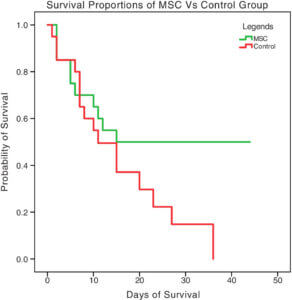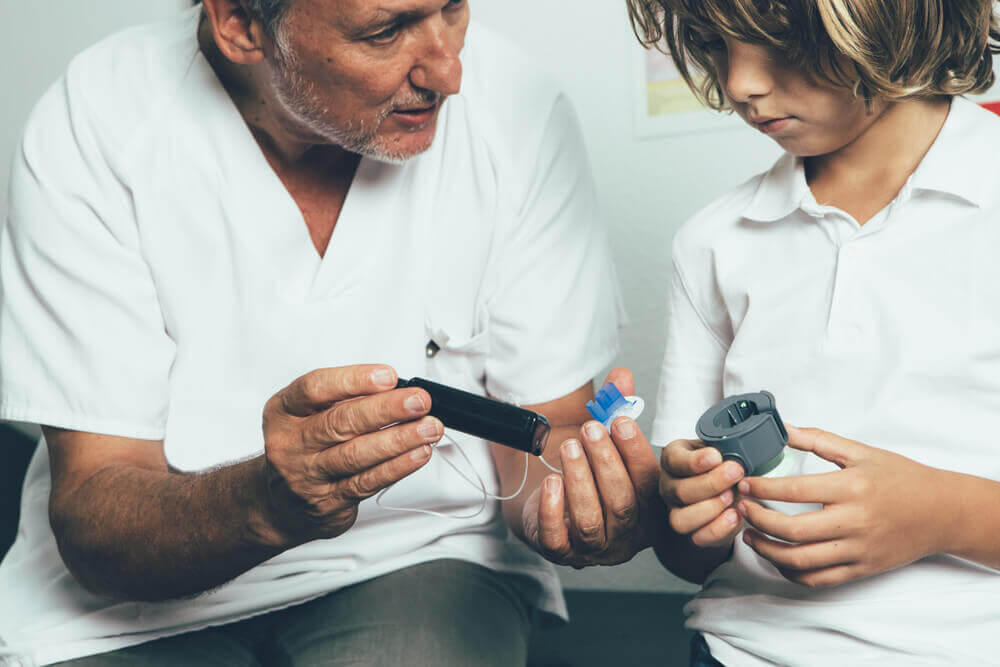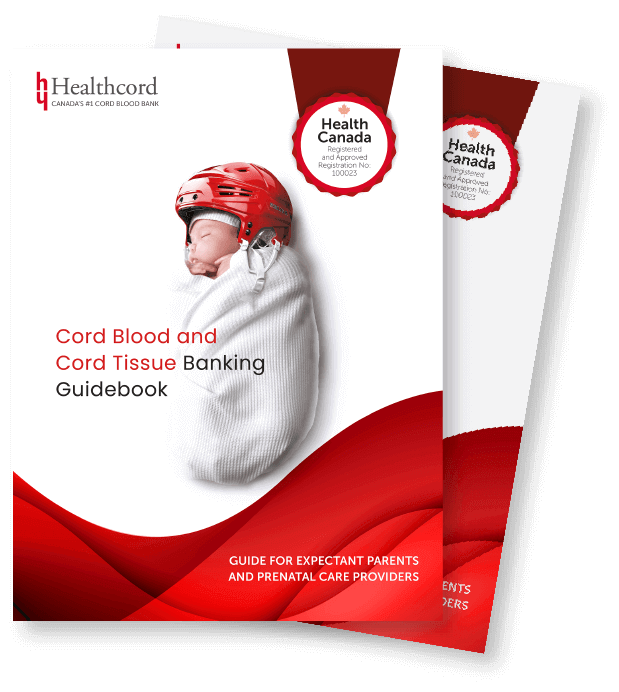
Umbilical cord stem cells enhance the survival rates in critically ill COVID-19 patients

According to a small clinical trial, patients on ventilators due to COVID-19 are 2.5 times more likely to recover following umbilical cord stem cell treatment.
With 2.4 billion doses of vaccines administered globally, we are slowly starting to emerge out of the COVID-19 pandemic. Vaccination will reduce more serious outcomes of contracting COVID-19, such as severe illness, hospitalization and death. However, it is still important to identify new treatment options for those who are vulnerable and can become critically ill with the virus. Here we summarize the results from a small clinical trial that used umbilical cord stem cells to enhance the survival rate of patients on ventilators.

Previous clinical trials have examined the use of umbilical cord (UC) stem cells for patients with severe respiratory symptoms. This study extended these findings by looking at a specific subset of COVID-19 patients – patients who were intubated or were put on ventilators due to severe respiratory symptoms.
In this double-blinded study (where neither the patient nor the caregiver knew who was part of the treatment group), 20 patients in the treatment group received one intravenous dose of UC-stem cells. It should be noted that all 40 patients received standard treatments provided to critically ill COVID-19 patients. Those in the treatment group received UC-stem cells in addition to the standard therapies.
Enhanced survival rates
The researchers focused on survival rate as their primary outcome, since their study included one of the most severely affected COVID-19 patient populations. Ten of the 20 patients who received UC stem cells recovered from COVID-19, while only 4 of the 20 patients from the control group survived. This means that patients who received stem cell treatment were 2.5 times more likely to survive than patients who only received standard care.
What’s more, patients with other underlying health conditions like diabetes, kidney disease or hypertension, were even more likely to survive following stem cell treatment. These patients were 4.5 times more likely to survive than patients in the control group.
So, what exactly does this clinical trial suggest? It implies that providing COVID-19 patients on ventilators an intravenous injection of stem cells in addition to standard therapy may increase their chance of survival.
Why use umbilical cord stem cells?
Severe COVID-19 infections are characterized by what is called a “cytokine storm” where the person’s immune system makes extra cytokines (more than necessary) triggering tissue damage especially in the lungs. Previous studies have shown that a particular type of stem cells known as mesenchymal stem cells, may be effective for reducing inflammation seen in lung disease.
There are a few different sources for mesenchymal stem cells including the umbilical cord and the placenta. These tissues can be easily accessed without the need for invasive procedures. As such many clinical trials looking at treatment options for COVID-19 have utilized umbilical cord derived stem cells. You can find more details on some of these trials here.
COVID-19 has had a devastating impact on many countries around the world. Even though the results from this small clinical trial will need to be reproduced in much larger clinical trials, it definitely offers much needed assurance on our ability to handle COVID-19 in the future.
Reference
Dilogo, IH, Aditianingsih, D, Sugiarto, A, et al. Umbilical cord mesenchymal stromal cells as critical COVID-19 adjuvant therapy: A randomized controlled trial. STEM CELLS Transl Med. 2021; 1– 9. https://doi.org/10.1002/sctm.21-0046
相关文章

Sibling cord blood tested for treating cerebral palsy in young children











